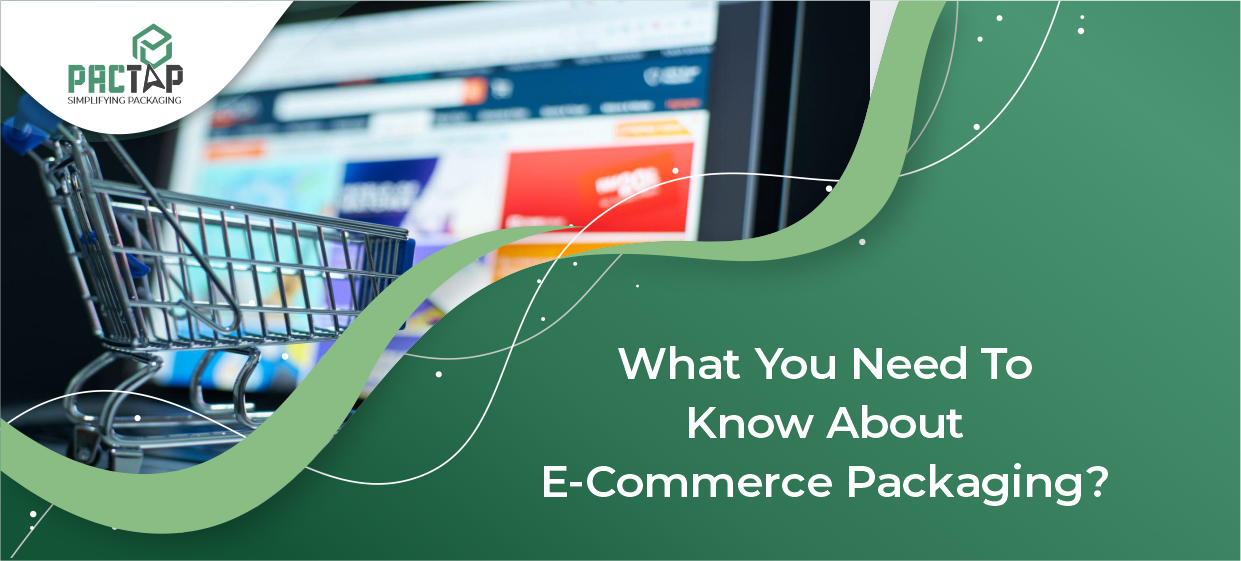Have you ever wondered why some packages arrive perfectly intact while others look like they’ve been broken? The secret often lies in what type of box was used for shipping. You’ve probably handled both regular cardboard boxes and those sturdier corrugated ones without realizing there’s a big difference between them.
While they might look similar at first glance, these two packaging materials serve completely different purposes. Explore the difference between Cardboard and Corrugated Shipping Boxes.
What Is A Cardboard Packaging Box?
A cardboard box is made from paperboard or thick paper-based material derived from wood fibers. The manufacturing process involves compressing paper pulp into thin, stiff sheets suitable for printing and folding. However, cardboard packaging lacks the structural strength to ship heavy or delicate products.
Below are the various types of cardboard
- Standard Cardboard: Commonly used for lightweight goods such as stationery, magazines, and greeting cards. It’s easy to fold, cut, and handle, making it ideal for everyday use.
- Chipboard: A sustainable material made entirely from recycled paper pulp. It’s often seen in product backings like writing pads, puzzle boards, and photo frames because of its eco-friendly and dense composition.
- Bristol Board: A high-quality, smooth-surfaced cardboard used in premium printed items, business cards, brochures, and invitations. Its fine finish makes it suitable for branding and detailed printwork.
Advantages of Cardboard Boxes For Packaging
Cardboard boxes have several advantages that make them an attractive solution for businesses. These boxes are practical for several reasons, making them a smart choice for various packaging needs.
Below are some of the benefits of using cardboard boxes for packaging:
- Cost-Effective Option
Compared to all of the alternative forms of packaging available in the market, cardboard boxes offer a reasonable cost. Businesses can buy them in large quantities, reducing the extra cost. Moreover, it is easy to source from wholesale packaging manufacturers. This makes it suitable for startups and small-scale brands looking to manage costs efficiently.
- Light Weight and Ease of Handling
These light boxes allow quick loading, stacking, and storage without heavy equipment. Their low weight also helps reduce overall shipping expenses.
- Easy Customization
Brands can customize cardboard boxes with desired logos, designs, and information right on the surfaces. The smooth surface suits various inks and print processes to create aesthetic branded packaging. It can also be cut, folded, or sized to fit various products.
- Convenient Storage Space
When not used, cardboard boxes can fold flat, using less space in warehouses and shipping areas. Their ability to fold flat allows businesses to use their storage rooms in more organized and efficient ways. If a company needs a flat-pack box for transport, these will be much easier to load and deliver to the required location.
- Short-Distance Shipping
For short-distance delivery, cardboard boxes are ideal to use. Local shipping companies often prefer to ship in cardboard boxes because they are easier to load and unload quickly from delivery trucks. They protect light, non-fragile goods such as apparel, paper, or accessories.
What Is Corrugated Cardboard?
Corrugated cardboard is a stronger and different kind of packaging material than cardboard. Instead of being flat and smooth, it comprises flat sheets with a wavy layer, sandwich-style. This layer between the flat sheets, called flutes, creates air space, strengthening the material and providing better protection for the items.
If you want to know how corrugated cardboard can be differentiated, just look at the edges. You will see the zigzag pattern.
Construction of Corrugated Cardboard
A three-part construction system creates corrugated cardboard. Each layer has a different purpose, contributing to the strength and protection of the product. If you think of how the three parts are related, the following explains it:
- Flute Layer
The middle wavy section that makes up the zig-zag structure of the corrugated cardboard provides protective strength. Flute ridges come in various heights and widths depending on the required strength. The flute absorbs most impacts and protects the inner contents of the carton.
- Linerboard Sheets
It is a smooth, flat layer that covers both sides of the fluted middle section. These outer layers have added rigidity and a flat surface for printing logos, addresses, and handling instructions. The linerboards also help distribute weight evenly across the entire box structure while stacking and during transit.
- Bonding Adhesive
The specially formulated glue that permanently bonds all three layers together to make one solid, unified piece of material. The adhesive must be strong enough to bond the layers through moisture or pressure. The bonding occurs during manufacturing when heat and pressure are applied to the corrugated sheet.
Advantages of Corrugated Cardboard Boxes
Corrugated cardboard boxes are more in demand for shipping and packaging fragile items. The layers provide significant protection that the average cardboard box does not offer. Corrugated boxes allow you to ship valuable, heavy, or delicate items over long distances.
- Excellent Strength and Durability
With its three-layer construction, a corrugated box can hold heavy weight and withstand rough handling while in transit. Corrugated boxes can provide several levels of stacking without crushing or losing shape due to pressure. The fluted middle section is a built-in shock absorber, protecting contents from drops and impacts.
- Superior Cushioning Protection
Air pockets contained in the corrugated layer provide a built-in buffer neutralizing vibrations and sudden movements. This buffering process protects fragile electronics, glass, and art objects. The structure distributes force over the entire surface area of the container, not just at the impacted area. As a result, damage stays in place when drops or impacts happen.
- Weather Resistance Properties
Corrugated boxes can resist moisture, humidity, and temperature better than conventional cardboard materials. The multiple layers create barriers to slow water penetration and protect against environmental damage. This weather resistance quality allows for outdoor storage and can handle shipping internationally through different ecosystems.
- Versatile Size and Shape Options
There are innumerable dimensions for corrugated boxes, from small jewelry boxes to refrigerator boxes. A custom design may include compartments, dividers, and protective inserts to suit individual product needs specifically. The flexibility in constructing boxes allows a business to create a solution for packaging any product.
- Long-Distance Shipping Reliability
These boxes maintain their structural integrity even for long-distance shipment. They are well-made and are strong enough to withstand continuous movement, loading, and unloading during long-haul transportation routes.
How Cardboard Boxes Differ From Corrugated Boxes?
These boxes have different properties that make them unique. Knowing the essential differences will help you choose the correct packaging type for your product. The following comparison will highlight the differences between these two everyday packaging boxes.
| Aspect | Cardboard Boxes | Corrugated Boxes |
|---|---|---|
| Construction | Made from a combination of different cardboard types | Built with three layers, including a wavy middle flute section |
| Strength Level | Lightweight with basic protection for simple items | Heavy-duty strength that handles rough shipping and stacking |
| Cost Factor | Reasonable and budget-friendly for small businesses | Upscale but offers better value for valuable items |
| Best Uses | Perfect for retail products, books, and light storage | Ideal for shipping fragile, heavy, or long-distance deliveries |
| Durability | Tears and bends easily under pressure or moisture | Maintains shape and protects contents through harsh conditions |
What are the Ways To Choose the Right Packaging Box?
Choosing the proper packaging for your product requires a detailed analysis of every option available. These include:
- Size and Weight of the Product
Knowing the product weight and size is essential in selecting a form of packaging that best fits your needs. Some heavy products, such as glass or ceramic, will need more protective packaging, like corrugated packaging. Cardboard box packaging is ideal for items like clothing or paper.
- Consider Shipping Distance
Consider the package distance from the departure point to the arrival point. Lighter cardboard boxes are the best option for local deliveries (within the same city). But long-distance shipping, like international destinations, requires the product(s) to be sent in corrugated boxes that can withstand being handled multiple times.
- Assess Your Budget Limitations
Assess how much you can spend on your packaging materials. Basic cardboard boxes cost less initially, but they can incur costly damage claims if something in the box breaks during transport. Corrugated shipping boxes are considerably more expensive to purchase but offer exceptional protection.
- Determine Product Fragility Level
Assess your products and determine how easily they can break, be scratched, or sustain damage during standard shipping and handling. Fragile items like electronics, glassware, or artwork will need corrugated boxes with additional padding protection inside the box. Sturdy items like books, clothing, or plastic can use regular cardboard packaging.
- Storage Space Requirements
Consider how much warehouse or storage space you have for storing empty boxes before you use them. Cardboard boxes compress flat and take up little storage space. Corrugated boxes can easily fold flat, but because they are thicker, they require more storage area since they have multiple layers.
Conclusion
Knowing the difference between cardboard and corrugated boxes is essential to help you make informed packaging decisions. Basic cardboard suits lightweight products, short-distance shipping, and budget retailers with minimal protection needs. Corrugated boxes are ideal for heavy, fragile, or valuable products shipped over long distances.
By making the correct packaging choice, you will consistently minimize the risk of incurring expensive damages and keep your business reputation intact.
Visit Pactap to source reliable packaging manufacturers that meet your business needs!





